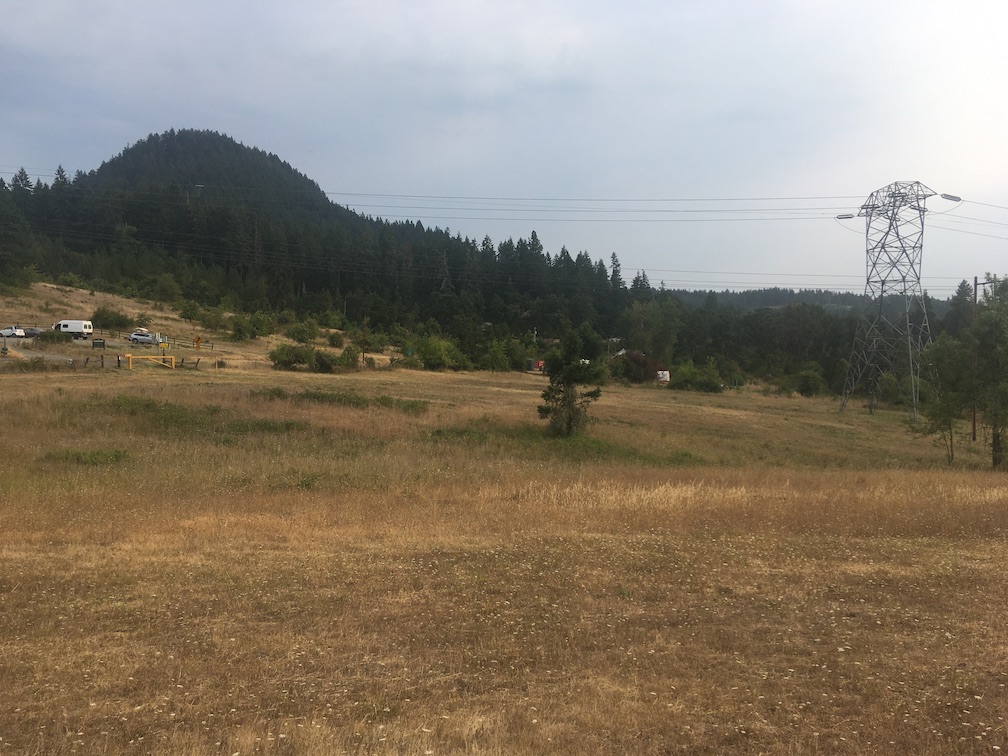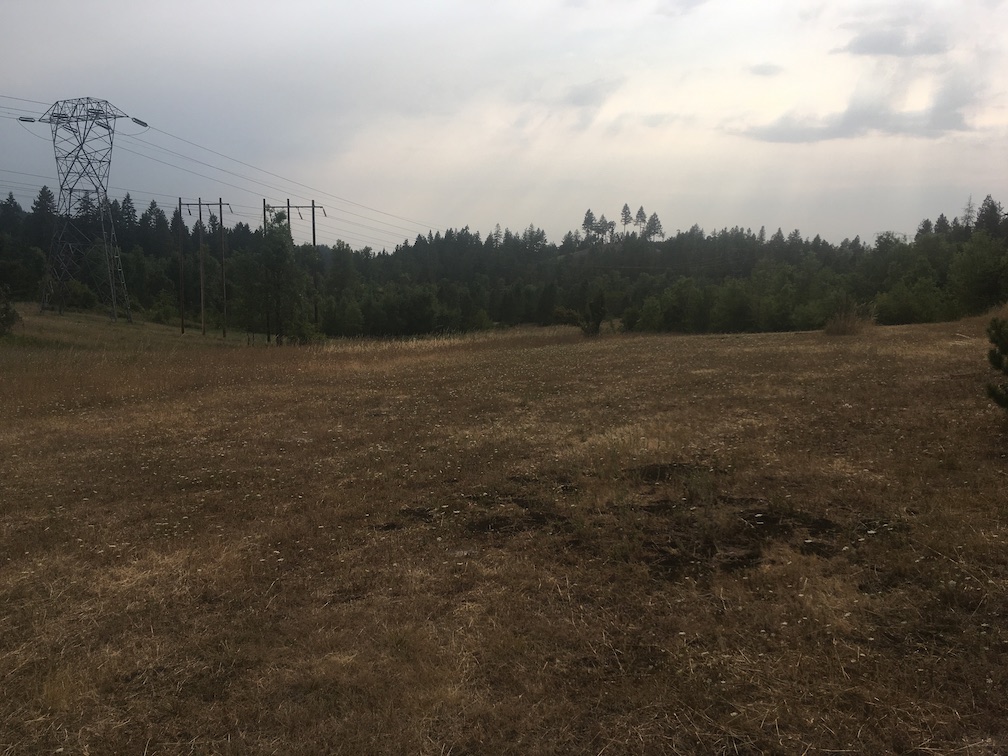
www.EWEB.wtf - EWEB completed their clearcut in August, cutting the largest Doug firs (including the 15 foot circumference champion tree) and Ponderosa pines. The largest Black Oaks were cut on August 2 when EWEB clearcut most of this public forest, rushing to destroy just as the state Land Use Board of Appeals (LUBA) issued a temporary stay of execution based on a challenge brought by former EWEB commissioner Sandra Bishop. LUBA lifted the stay on August 17, cutting resumed on the 18th and the champion big doug fir was cut down on the 19th.
Eugene environmental groups stayed silent. They did not dare challenge EWEB's mismanagement that let existing tanks degrade to the point they are unrepairable and are silent about real estate overdevelopment, including future expansions of Eugene to Veneta and Junction City which will need lots of water. They also ignore plans for massive widening of Beltline highway (12 - 14 lanes).
In a democracy the public comment period never ends. Silence is consent.
EWEB is using the real need for ample water storage to deflect from the ecological damage their construction is about to do.
Existing reservoirs at College Hill and Hawkins are in need of replacement due to decades of neglect.
But those sites also have considerable space to replace those tanks, especially Hawkins.
This map may miss other sites with tanks.

The "California" style changes to Eugene's climate do require high quality water storage for fire fighting. But the 40th and Patterson tank could only serve part of the South Hills (below the 607 foot elevation of the new tanks).
There is an existing water tank at 52nd and Willamette, at the edge of town just north of Spencer Butte park, the highest point in the city. Across 52nd Street on the south side there is land for extra tanks, already owned by the City of Eugene. It is a field that has a couple small pines and lots of non-native grass. Building tanks at that site would enable better fire fighting protection for all of Eugene.



There is also a tank at Blanton and Sundial (on the way to the TV station antennas) that has room for an additional tank. There are some landscaping trees in the way but nothing naturalize
Hawkins Hill, at 25th, has a large reservoir that is one of the two in need of decommissioning and reconstruction. (The other is on College Hill.) Both Hawkins Hill and College Hill reservoirs were built before the discovery of the Cascadia Subduction Zone (in the mid 1980s) and EWEB has delayed for decades fixing these seismically unsafe storage tanks. Hawkins Hill is on a relatively large parcel of land with adjacent vegetation being mostly young, even aged, probably planted Doug firs. Not to advocate for cutting of ANY trees, but this site is much less biologically complex than the 40th and Patterson site (which is a "real" forest with tree diversity, on its way back to old growth forest).
I have filed a Public Records Request of EWEB to find any studies on their options if the Patterson site was taken out of consideration due to ecological impacts. Unfortunately, even if anything substantive is disclosed it will be moot after the forest and ridgeline are removed.
EWEB gets all of our municipal water from the McKenzie River. It's mostly clean and still relatively abundant, but it is also vulnerable to earthquakes, floods, fire and volcanic mudflows. EWEB has considered accessing the Willamette for a second, redundant supply, which probably should be a higher priority than more tanks. In September 2020 the Holiday Farm fire came uncomfortably close to the McKenzie water intake, which may have motivated EWEB to accelerate the time table for the twin tanks project. But again, adding extra tanks doesn't change the dependence on a single source for the intake.
EWEB's water supply intake is also uncomfortably close to a toxic spill from the Springfield paper mill site. The groundwater in that area has pentachlorophenol contamination, which is cancer causing.
The 2020 Holiday Farm fire also burned houses, cars, the contents of houses and cars and some of the burnt residue went into the river for downstream people to drink.
Fun fact: the flow volume of the McKenzie is roughly global oil supply flow. The McKenzie at its confluence with the Willamette is about the same volume of flow as the thousand barrels per second global oil flow rate (averaged throughout the year).